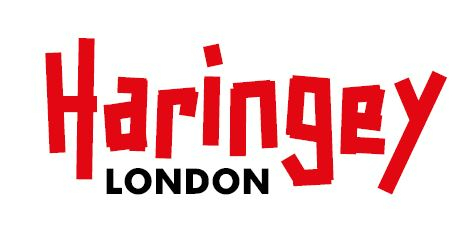 Down Lane Park Improvement
Down Lane Park Improvement Get project news
Do you want to receive an email when news items are posted?
News on Down Lane Park Improvement
Back to newsCommunity Design Group Phase 1 site visit
Down Lane Park Phase 1 Site Visit
On Saturday, 9th March Haringey Cllrs Ruth Gordon, Mike Hakata, Emily Arkell, and Sean O’Donovan met in Down Lane Park with members of the Community Design Group, who together with the council have over the past two years co-designed improvements to the park that are now be delivered. They were joined by the scheme landscape architects from Levitt Bernstein and Catherine Barber from the Greater London Authority. Alongside council funding from developer contributions, the Mayor of London is co-funding the improvements through a £750,000 grant from his Green & Resilient Spaces Fund.
 L-R: Cllr Mike Hakata, Cllr Ruth Cordon, Cllr Emily Arkell, Catherin Barber (GLA)
L-R: Cllr Mike Hakata, Cllr Ruth Cordon, Cllr Emily Arkell, Catherin Barber (GLA)
In addition to seeing the new sustainable drainage basins, wider footpaths, and viewing platforms that are currently under construction, the site visit afforded an opportunity to talk about how residents and park users can get involved in delivery of the Phase 1 improvements. In the spring there will be opportunities for volunteers to get involved in constructing dead hedges and log piles, installing bird and bat boxes and bug hotels, and much more, to enhance the park’s habitat, biodiversity, and ecological value. It will also give participants an opportunity to gain new skills and be part of the regeneration of their local park.
 CDG members discuss community volunteering
CDG members discuss community volunteering
There was also an opportunity to hear from Chief Executive of Living Under One Sun and Community Design Group Member, Leyla Laksari, about the free to access sports, engagement, and green skills activities that are being delivered by LUOS this year and next, supported by Green & Resilient Spaces Fund grant funding. Residents and park users can participate in a range of courses, classes, and workshops, including arts and crafts, community gardening, tree care in collaboration with The Orchard Project, Microgreen and Aquaponics courses, cycle training, Little Buds Nature Club, social enterprise training, and so much more. A full programme will be published soon. For more information visit: www.livingunderonesun.co.uk or find out more via Instagram @livingunderonesun or contact chloe@livingunderonesun.co.uk
Reducing our Carbon Footprint
To construct the wider footpaths that will improve accessibility and user comfort, and the sustainable drainage basins that will help mitigate flooding and improve the climate change resilience of the park, approximately 2,500m3 of soil has been excavated. That’s about thirty-seven 40ft shipping containers full of a soil, which is a lot! Some of this is being reused in the park to create new viewing platforms that will provide relief and places to rest, or to create planting beds. However, that still leaves a lot of soil to dispose of which would typically involve a lot of vehicle movements, carbon emissions, and cost to dispose of.
As part of our commitment to reduce council projects’ carbon footprint, we’ve worked collaboratively and creatively with Down Lane Park’s sister project at The Paddock, where the council is collaborating with The Conservation Volunteers to deliver a new nature reserve, to relocate and reuse the excess soil there. By moving the soil to The Paddock ground levels can be raised to create pathways that are accessible for people with disabilities, as well as enhancing the general landscape design of the space. The soil from Down Lane Park is ideal for this purpose as it is locally sourced, certified contaminant-free, and has a suitable composition.

Transfer of the soil took place in February resulting in reduced vehicle movements and emissions, and reduced costs for both projects in terms of disposal from Down Lane Park and import to The Paddock. By reusing soil in the local area we’ve managed to reduce the carbon footprint of both projects. Elsewhere, we have been able to donate excess soil to Harris Primary Academy for their planters, and arisings from trees that have been used to construct dead hedges around the school pond.
Posted on 15th March 2024
by Owain Jones